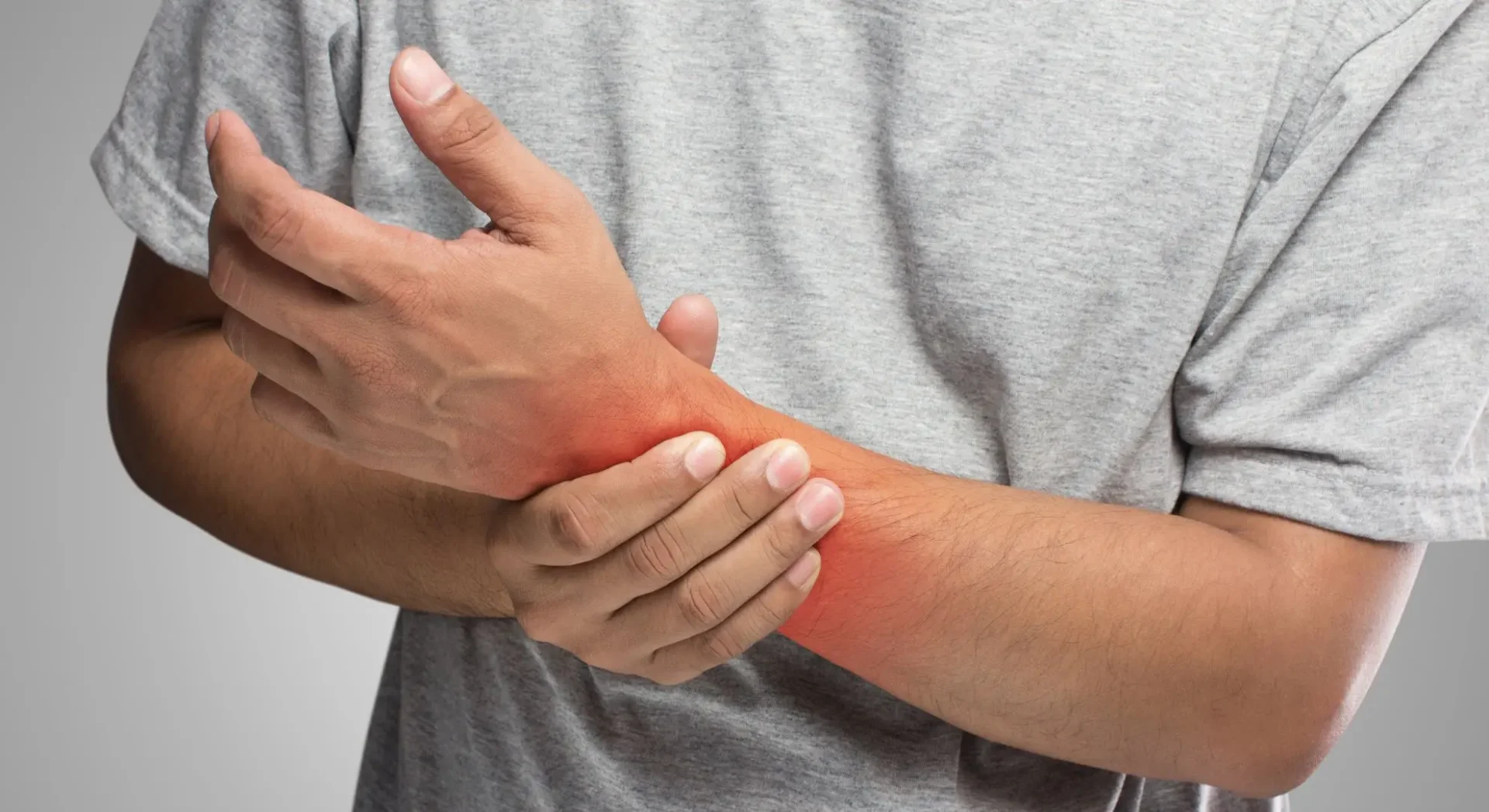Pain is a universal human experience, but not all pain is the same. It can vary in intensity, duration, and cause, affecting individuals in different ways. Understanding the difference between acute and chronic pain is essential for managing discomfort effectively. At Main Street Pharmacy, we believe in empowering our community with knowledge to make informed health decisions. Let’s explore the key differences between acute and chronic pain, their causes, and the different approaches to treatment.
What Is Acute Pain?
Acute pain is temporary and often serves as a warning sign from the body, indicating injury or illness. It typically lasts for a short duration, ranging from a few seconds to several weeks, but it generally does not exceed three months. This type of pain usually subsides once the underlying issue has healed or been treated.
Common Causes of Acute Pain:
- Injuries – Sprains, fractures, burns, or cuts
- Surgical Procedures – Post-operative pain following medical interventions
- Illnesses – Infections, headaches, or dental issues
- Labor and Childbirth – Temporary but intense pain associated with delivery
Management of Acute Pain:
The treatment for acute pain focuses on addressing the root cause while providing relief during recovery. Management strategies may include:
- Medications: Over-the-counter (OTC) pain relievers like ibuprofen or acetaminophen, and in some cases, prescription medications
- Rest and Ice/Heat Therapy: Reducing inflammation and promoting healing
- Physical Therapy: Exercises and stretches to aid recovery from injuries
- Short-Term Use of Opioids: In cases of severe pain, under medical supervision
Since acute pain is temporary, the primary goal is to treat the underlying issue while ensuring the pain remains manageable.
What Is Chronic Pain?
Chronic pain is persistent and lasts beyond the normal healing period—typically defined as pain lasting longer than three months. It can stem from an initial injury or develop without a clear cause. Unlike acute pain, which serves as a protective response, chronic pain can continue even after the original injury or condition has resolved.
Common Causes of Chronic Pain:
- Arthritis – Persistent joint inflammation and pain
- Nerve Damage (Neuropathy) – Often associated with diabetes or injuries
- Fibromyalgia – Widespread musculoskeletal pain
- Chronic Back Pain – Due to degenerative disc disease, injuries, or poor posture
- Migraines – Recurring headaches with varying intensity
Management of Chronic Pain:
Unlike acute pain, managing chronic pain often requires a multidisciplinary approach. Strategies include:
- Medications: Long-term pain relief may involve NSAIDs, antidepressants, anticonvulsants (for nerve pain), and in some cases, carefully monitored opioid use
- Physical Therapy and Exercise: Improving mobility and reducing stiffness
- Cognitive Behavioral Therapy (CBT): Addressing the emotional and psychological impact of pain
- Alternative Therapies: Acupuncture, massage, or chiropractic care
- Lifestyle Modifications: Stress management, diet changes, and regular physical activity
Since chronic pain can impact mental health and quality of life, addressing both the physical and emotional aspects is crucial.
The Importance of Proper Pain Management
Whether dealing with acute or chronic pain, effective pain management is essential for overall well-being. At Main Street Pharmacy, we offer guidance on pain relief options, including medications, lifestyle adjustments, and alternative therapies. Our pharmacists are here to answer your questions, provide medication counseling, and help you find the best approach to managing your pain.
If you are experiencing persistent pain, consult with a healthcare professional to determine the best course of action. Proper diagnosis and treatment can significantly improve your quality of life and help you regain control over your health.
For more information on pain management solutions, visit Main Street Pharmacy today and speak with one of our knowledgeable pharmacists.






